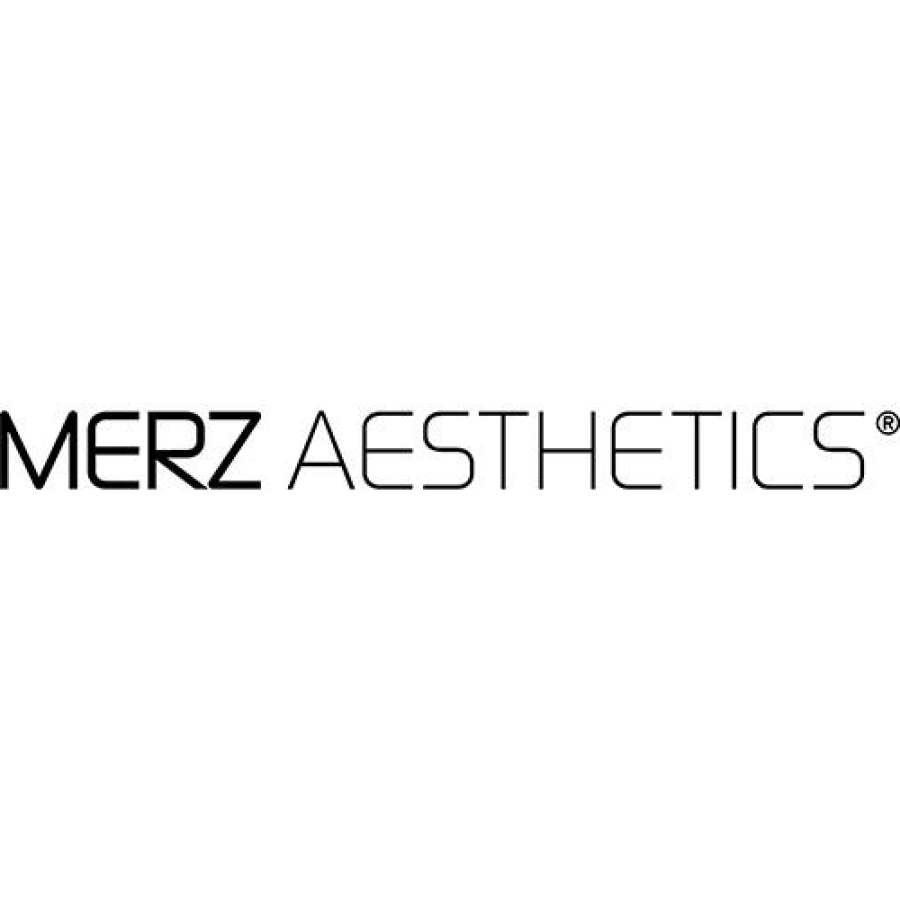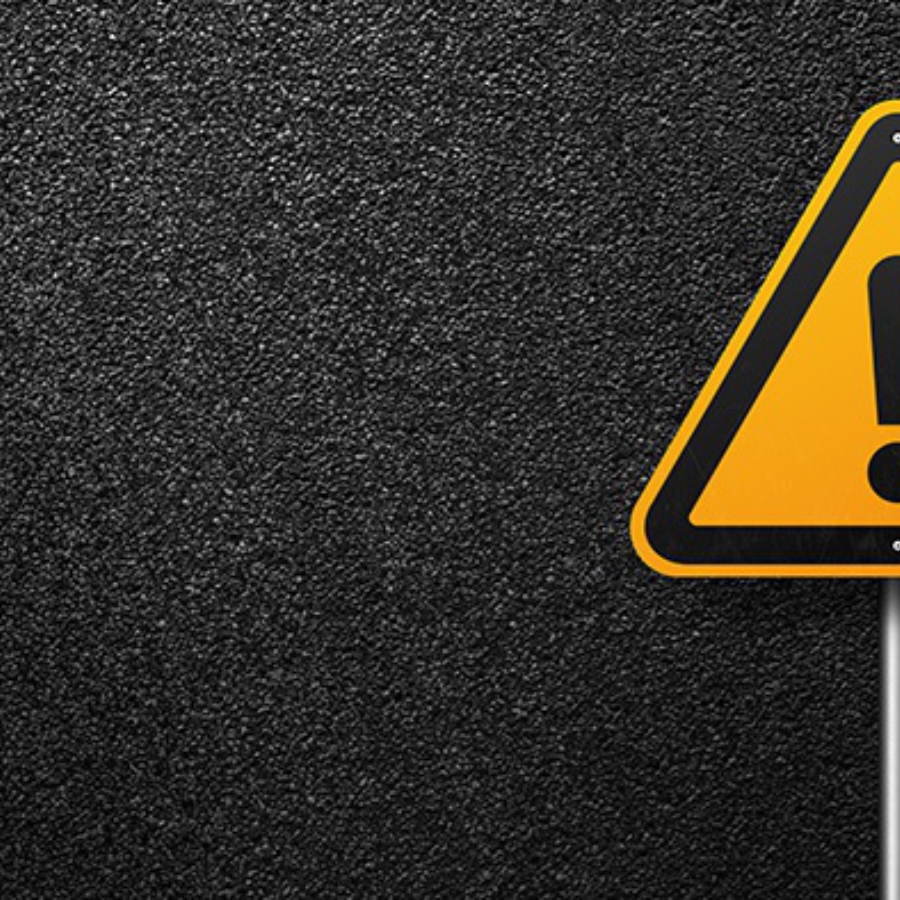
Clinical
Radiofrequency and Non-RF Microneedling Safety: What Patients Should Know
With Molly Muecke, RN, MSN, NP-CMicroneedling is a popular aesthetic treatment offered in 79% of med spas (2024 Medical Spa ...
Posted By Madilyn Moeller, Monday, September 27, 2021

By Madilyn Moeller, Editorial Assistant, American Med Spa Association
Recently, supermodel Linda Evangelista revealed that she experienced disfigurement after undergoing seven rounds of cryolipolysis (Zeltiq's CoolSculpting). She was diagnosed with paradoxical adipose hyperplasia (PAH) in 2016, a side effect that she claims not to have been sufficiently warned of prior to receiving the treatments.
Patients who undergo cryolipolysis procedures may typically experience temporary redness, swelling, bruising, pain, stinging, aching or skin sensitivity at the treatment site. PAH is among the other possible complications, with an as-yet-undetermined cause and not-clearly-defined risk factors.
The "rarer" side effects of cryolipolysis are not often talked about. Due to this news, we thought it necessary to discuss the possible complications associated with body sculpting treatments and what you can do about PAH as a medical spa provider.
PAH is a presentation of increased fibrotic fat that is painless, visibly enlarged, firm and demarcated under the skin in the exact location of the cryolipolysis treatment area. This may appear two to five months after treatment.
The condition may be caused by "hypertrophy of pre-existing adipocytes, recruitment of resident or circulating pre-adipocyte and/or stem cell populations, changes in the expression of receptors or soluble factors associated with adipocyte metabolism, reduction in sympathetic innervation, and hypoxic injury," as synthesized by Jalian et al, 2014. Stroumza et al, 2018, dispute Jalian's finding of increased vascularization in the affected adipocytes, but support the shared hypothesis linking the hypertrophy to septal thickening. More research is needed to determine the physiopathology of this condition.
PAH has an estimated incidence rate of 0.0025 percent as of 2018, which is believed by some providers to be disproportionately low. A 2016 letter from Kelly et al reported an incidence rate of 4 in 510, which is 0.78 percent, highlighting also the 0.47 percent incidence at a Houston dermatology practice. Another 2018 study detailing the cases of four PAH patients reported an incidence of 4 in 398, or just over 1 percent. These numbers indicate that the incidence rate may be severely underreported.
This condition does not go away on its own; for resolution, patients must return for corrective procedures.
Power-assisted liposuction is the recommended treatment for PAH. Patients may need to wait several months before they can have corrective treatment to allow the fat around the PAH to soften. In the abdominal area, if the patient has excess skin, providers can perform an abdominoplasty.
Evangelista underwent two corrective procedures after her diagnosis of PAH, but they were unsuccessful. Providers posit that this may be due to the overlapping of treatment areas. Paul Jarrod Frank, MD, a board-certified dermatologic surgeon, has found that "people who get multiple cycles in short periods of time—repetitive, in the same area—tend to be the most at risk," according to an article from RealSelf. He did say, however, that the condition is treatable 100% of the time.
As with all medical aesthetics complications, the best plan is to anticipate potential adverse events and have a solution protocol ready. Prepare your medical spa providers for PAH and other cryolipolysis complications, such as freeze burn, and create protocols for your providers to follow if they have patients who experience these events.
"The recent news of complications demonstrates the importance of compliance in this industry," says AmSpa CEO and Founder, Alex Thiersch, JD, in response to the story. "All the medical procedures offered in med spas—including traditionally safe, non-invasive procedures like cryolipolysis—can sometimes have complications. It is vital that all proper protocols and procedures addressing potential complications are in place and are followed."
Before you treat anyone, make sure your providers receive informed consent from your patients. That means your list of side effects on the consent form needs to include and accurately portray all possible complications of the treatment, and your providers should address these risks during the initial consultation. Have your providers ask patients if they have any questions before they leave the consultation; with proper training, your providers should be able to respond to and address each concern.
PAH is a delayed onset condition. To catch all incidents after cryolipolysis, you should have a follow-up appointment with your patients two months or later after the initial treatment date. Know that if your medical spa performs cryolipolysis treatments in the hundreds, you are likely to experience this condition in your patients. Be vigilant and prepared for this outcome.
To aid in further research on this condition, keep track of the number of patients who experience PAH. Record how those patients respond to corrective treatments and which procedures were used.
Not all patients are good candidates for cryolipolysis. You should be screening your patients for certain pre-existing conditions. The Cleveland Clinic states that patients with Raynaud's phenomenon, cryoglobulinemia, cold agglutinin disease, cold urticaria or paroxysmal cold hemoglobinuria should not undergo cryolipolysis, nor should those who are pregnant or breast feeding, or those who have nerve disorders, inflammatory skin disorders or skin conditions caused by immune system disorders. Jalian et al. recorded that PAH is more common in male patients.
To help prevent adverse reactions to body sculpting treatments, make sure your providers carefully evaluate the suitability of patients for this procedure during the consultation. Patients with poor tone or loose skin are not well-suited for this procedure. Fat bulges that persist despite diet and exercise are optimal targets for this procedure.
It is also important to give your providers proper training and have the procedure performed by qualified providers. Make sure that the treatment is within the provider's scope of practice to ensure legal compliance and patient safety. In Illinois, for example, physician assistants, nurse practitioners, registered nurses and licensed vocational/practical nurses can perform cryolipolysis procedures provided they have documented training in the procedure, and pursuant to patient examination and treatment order from a physician who provides either onsite supervision or is readily available to respond by telephone or other means.
Require your providers to undergo training for these procedures and educate them on the proper protocols needed to address adverse outcomes. Experience is key when it comes to recognizing and resolving conditions like these to minimize patient discomfort.
Cryolipolysis has come into the spotlight, with emphasis on its less typical side effects such as PAH. Understanding the potential complications of your medical spa treatments is essential to the safety and well-being of your patients. Even if your providers are properly trained and supervised, you may see these conditions arise in your patients if you perform enough of these treatments. Educate your providers on the risks and rewards of each procedure to prepare for these eventualities.
Related Tags
Medical spa news, blogs and updates sent directly to your inbox.

Clinical
With Molly Muecke, RN, MSN, NP-CMicroneedling is a popular aesthetic treatment offered in 79% of med spas (2024 Medical Spa ...

Clinical
On November 5, 2025, Merz Aesthetics announced that Ultherapy PRIME® gained U.S. Food and Drug Administration (FDA) clearance to improve ...

Clinical
By Belmar Pharma SolutionsWhen it comes to menopause, a once-taboo topic, the tide has finally changed. Women now have access ...

Clinical
The FDA’s recent safety communication regarding radiofrequency (RF) microneedling devices is a critical reminder: Aesthetic treatments involving energy-based devices are ...